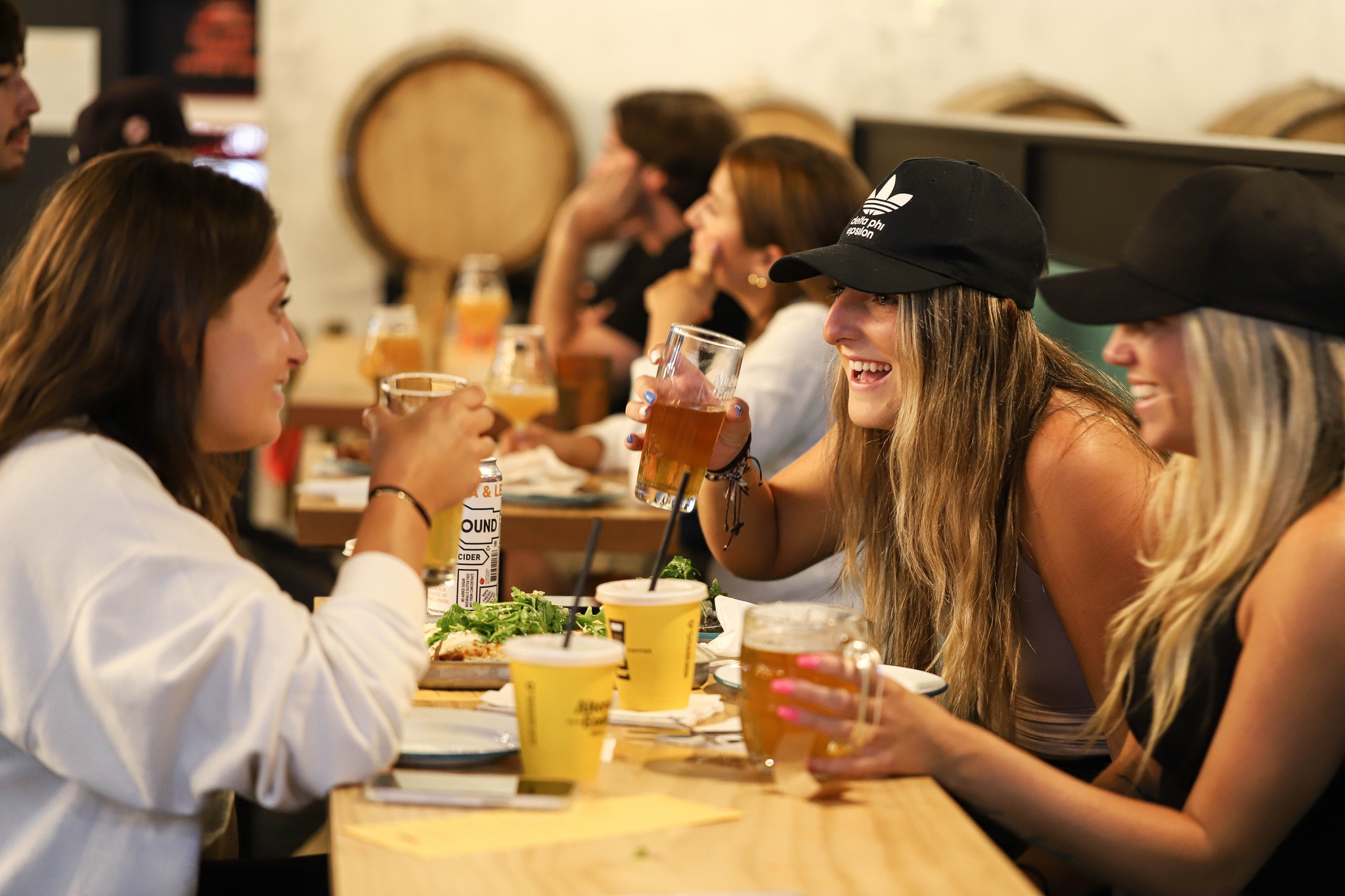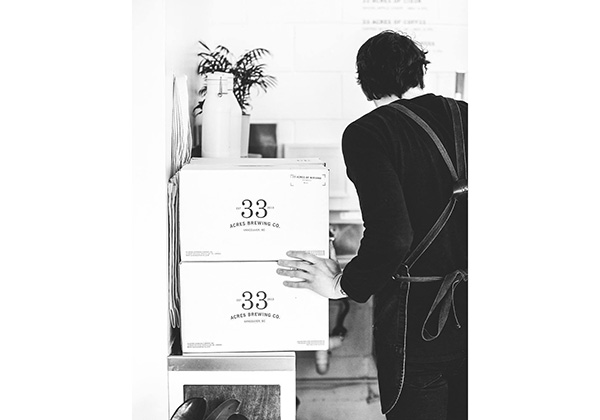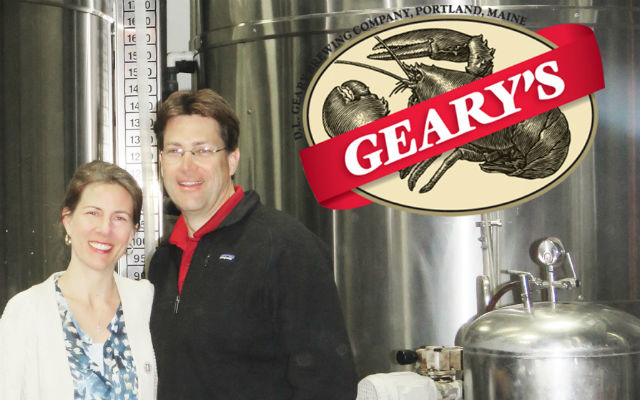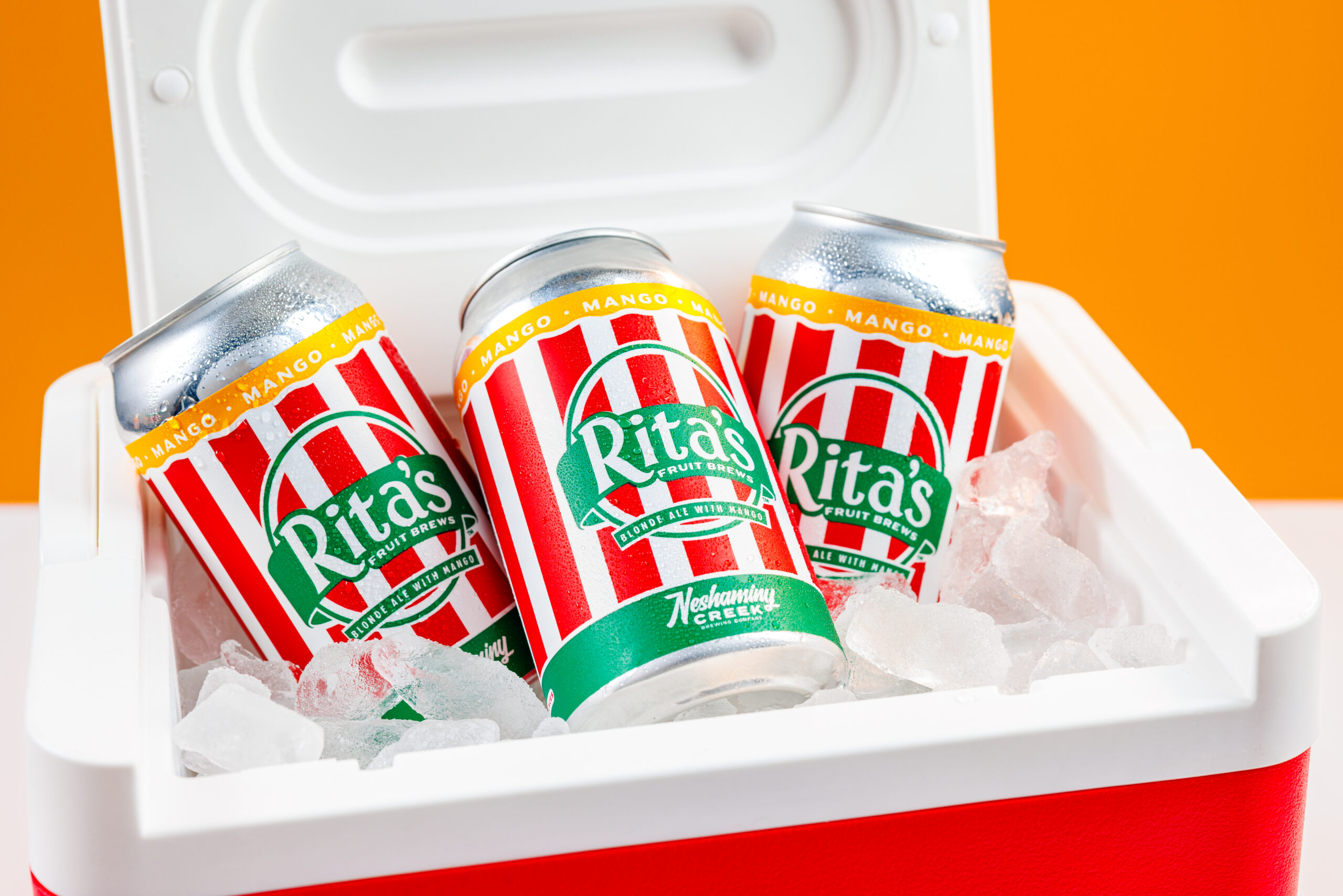
There are many factors in creating a strong on-premise retail account and having the right insight can mean the potential for more than one solid handle or a stronger relationship with a beer buyer. A lot of that can come down to time to dig into stats, quality of your product and communication with your buyer.
But being able to create a rapport starts with knowledge of the account and what works for them. Being flexible and commutative are strong assets as well.
Neshaminy Creek usually tries to support a varied tap list because there’s just no need to have too many of the same style available on tap, points out Kyle Park, the brewery’s Director of Sales & Marketing.
“It’s always helpful to share data from other accounts where we’ve had success with a certain steady line or even some sort of rotational program,” he said. “It just depends on the account. We can look at a tap list and see where the gaps are and then hopefully find something in our portfolio to fill it.”
The Alementary team looks at the buyer’s current list and talks to them about their history with various products.
“We like to get a sense of a bar’s demographics,” said COO Blake Crawford. “We’ll also just sit at the bar for a bit and watch how people decide what they want.”
Scotty Hunter of Urban Artifact said he doesn’t see many suppliers getting this type of conversation with an account as far as deciding a draft list.
“I see this occur with distributor reps though,” he said. “The main data we talk to accounts about is syndicated scan data to show the strength of our brand in the market. Outside of that we will discuss off premise sales in the same area if applicable and any recent awards we may have garnered recently.”
The Cincinnati brewery that focuses on sours says they don’t over emphasize on-premise.
“We have seen the lack of total velocity for on premise craft,” Hunter said. “What I have noticed with on-premise is more corporate buying and less independence at the store level thus restricting craft options.”
Each account can be a case-by-case decision added Alternate Ending Beer Sales Manager Justin Harm. Asking yourself a variety of questions and relaying them to the buyer can be helpful.
“What else is currently on tap? What styles might work well given the food menu? If there are already six different IPAs on, do you want to be No. 7, or do you want to try to place something else?” he said. “Even if there are six IPAs already on tap, is the quality of those up to snuff in your opinion or is there a chance to be the lead dog for the style? What other styles from your brewery are performing well in the area both on tap and in the off-prem? Are you looking to introduce a new beer to the market that might play well at the account in question? Is keg cost an issue based on your knowledge of the other brands currently on-tap?
“Is the account in bed with a single specific wholesaler dedicated most/all of their lines to said wholesaler, leaving you with little to no opportunity?”
Photo courtesy Alternate Ending Beer Co.






Be the first to comment